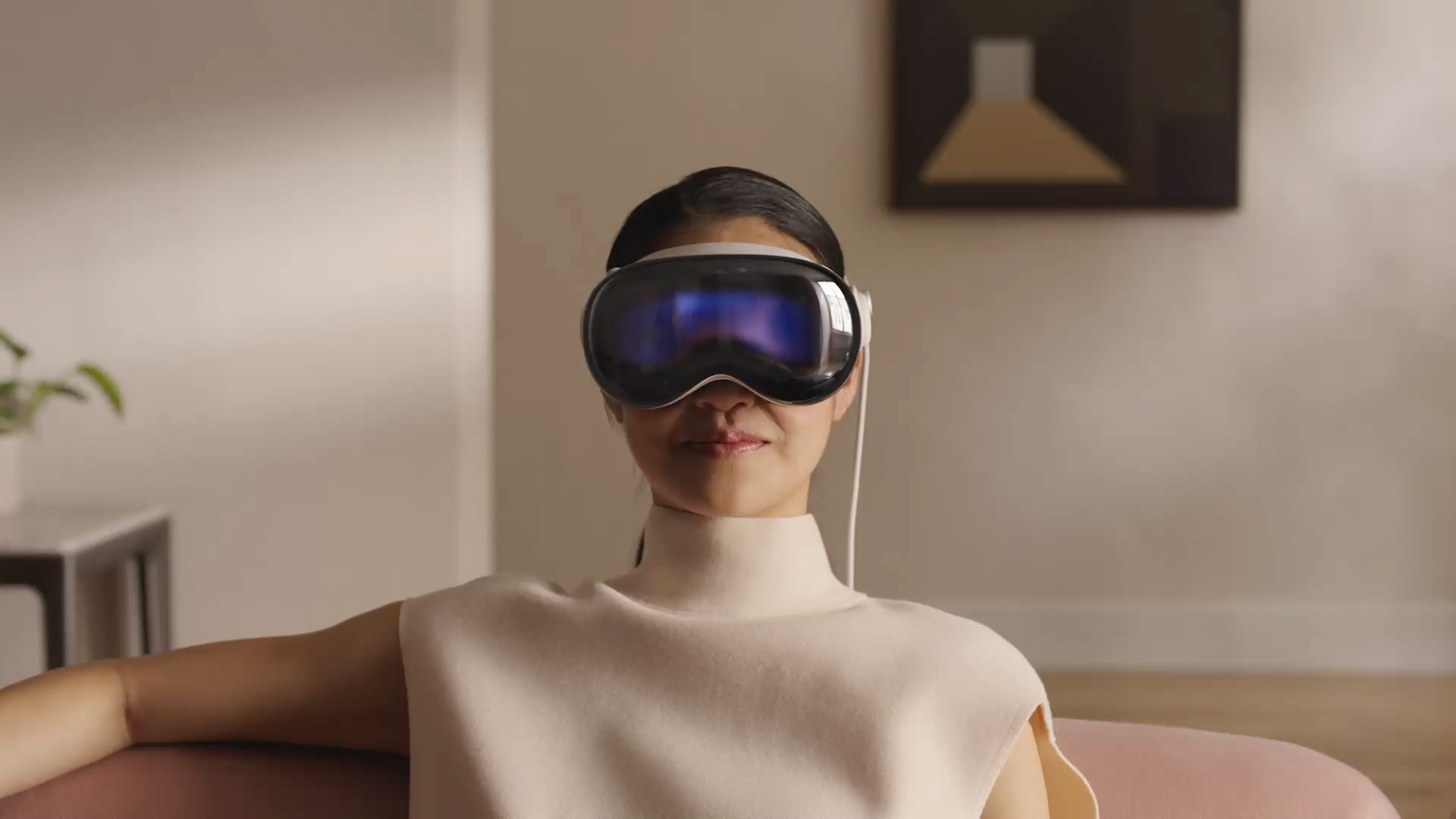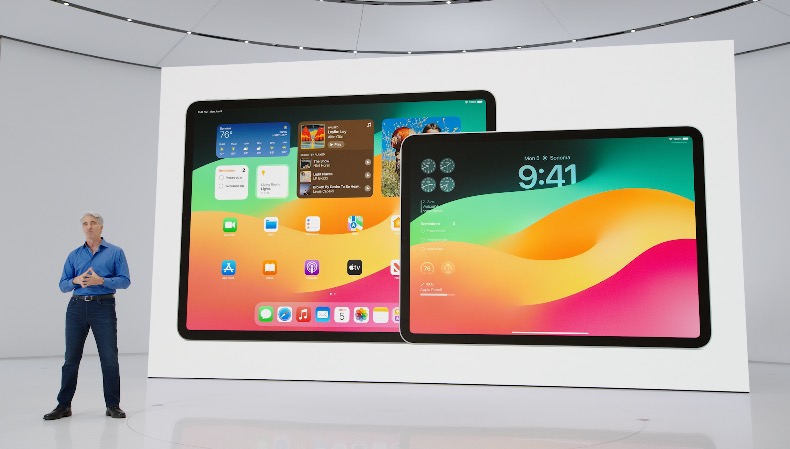
How Japan Embraced the iPhone and Brought the Emoji to the World
The original iPhone hit stores on June 29, 2007 – ten years ago today – and the world hasn’t been the same since. Apart from the numerous inventions that the smartphone created, it brought to light one of its most ubiquitous features: the emoji.

Where did emojis come from? They’re definitely a cultural phenomenon, as they originated from Japan, which you may have already guessed based on their name.
As the 20th century drew to a close, Japanese mobile-phone companies were under increasing pressure to support Japanese users’ obsession with images, reads a new report from The Verge. They began to notice a trend where a lot of picture messages were being exchanged by their Japanese client base. So instead of just ignoring this and focusing on how they could charge their customers more money, these Japanese mobile-phone companies actually gave their users more of what they wanted.
Apple didn’t have any support for emoji at all when it launched the iPhone 3G in July 2008, but later provided a character set for Japanese users with the iOS 2.2 update that November. Apple didn’t officially enable the characters around the world until iOS 5 came out nearly three years later.
“The Unicode Consortium had been codifying emoji since 2007, but Apple was the first major international phone maker to add compatible characters to its own software, and it’s impossible to imagine the subsequent global phenomenon taking place without the iPhone,” reads the report.
When the iPhone first released, SoftBank secured exclusive rights to the phone in Japan much like AT&T did in the US. And with those rights, SoftBank CEO Masayoshi Son, a longtime friend and admirer of Steve Jobs, helped Apple tailor the iPhone for Japan.
“Masayoshi Son was quick to start persuading Apple how important emoji is in the Japanese market and Apple decided to make the change,” veteran Japanese tech journalist Nobuyuki Hayashi says. “If the initial iPhone carrier were someone else, I am not sure if they could successfully persuade Steve Jobs to add emojis to the iPhone.”
The iPhone remains the best-selling smartphone in Japan, then, and it’s hard to see that changing anytime soon, as the iPhone 7’s launch was arguably stronger in Japan than in the United States. So get used to those emojis, because it doesn’t seem like they’re going anywhere anytime soon.

